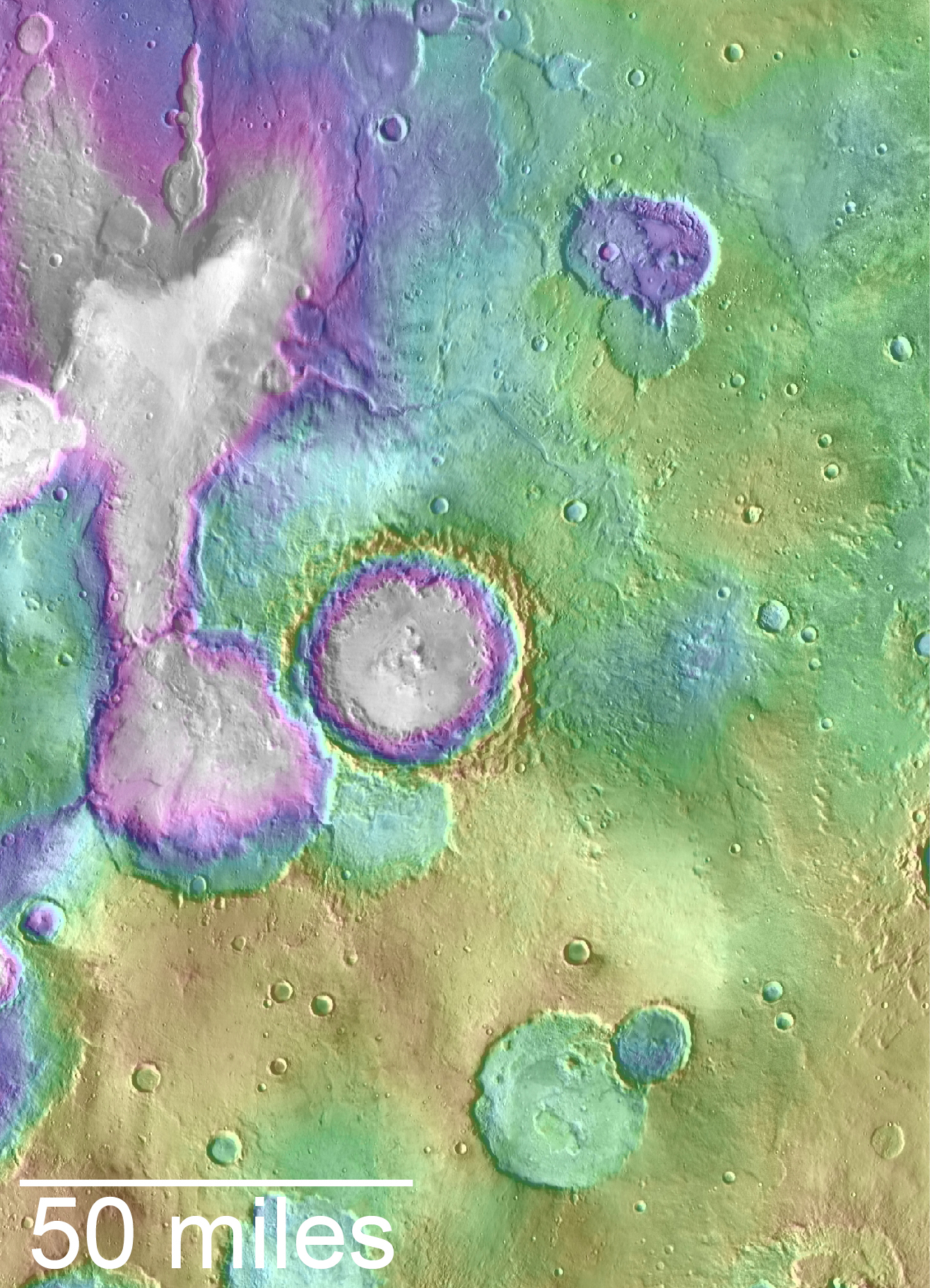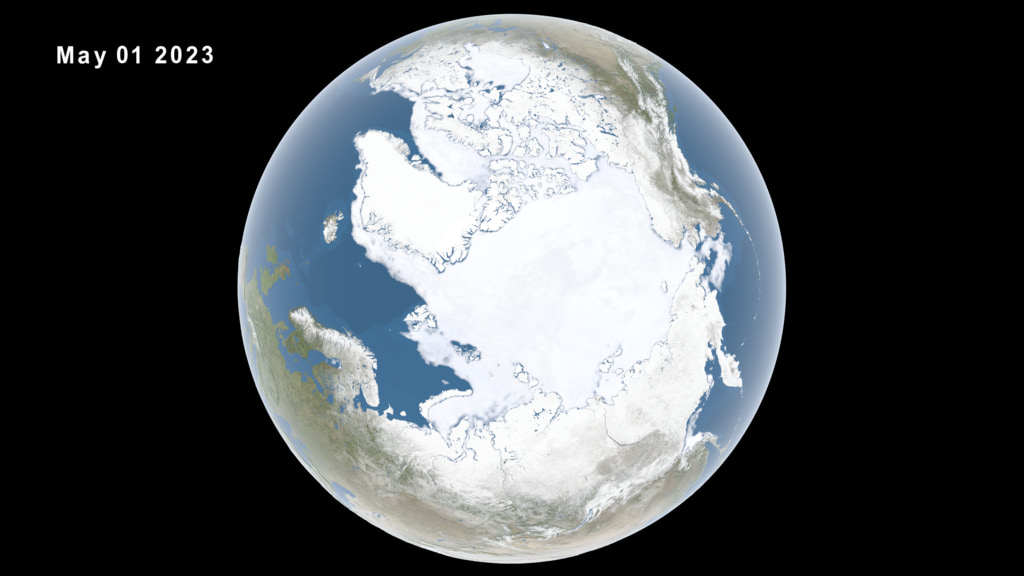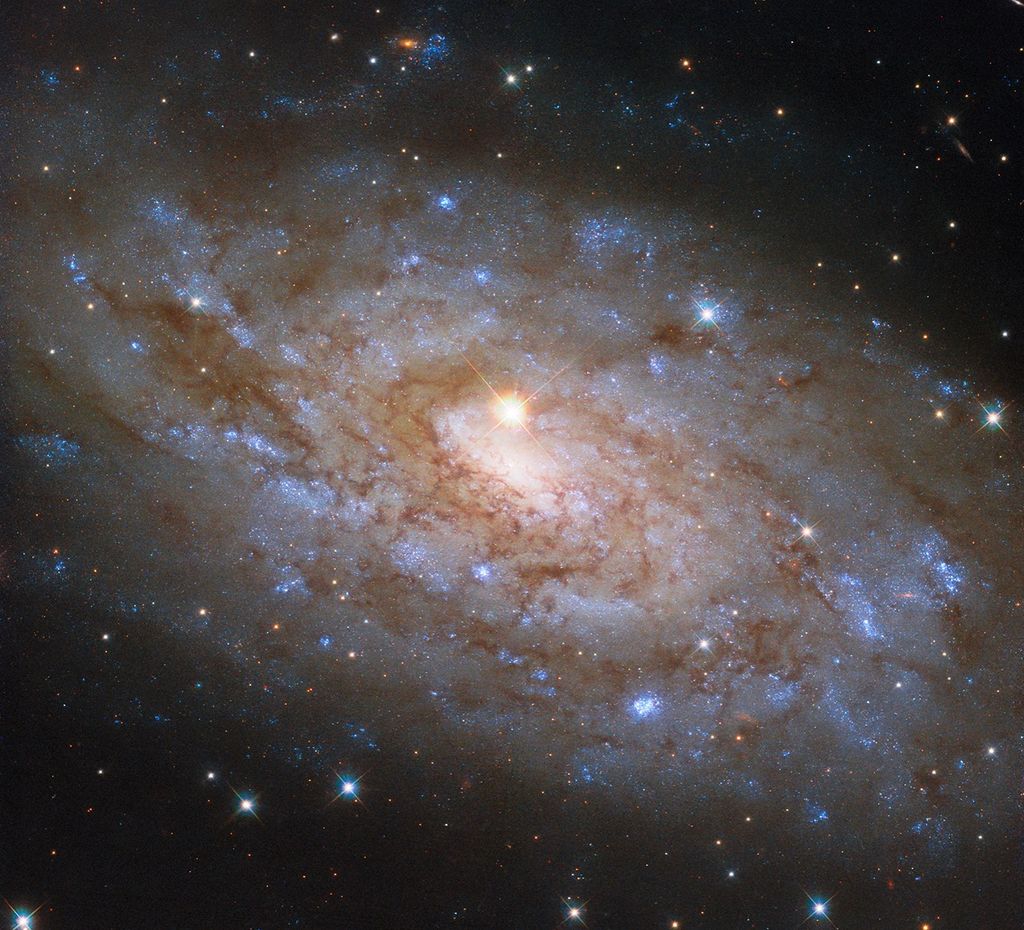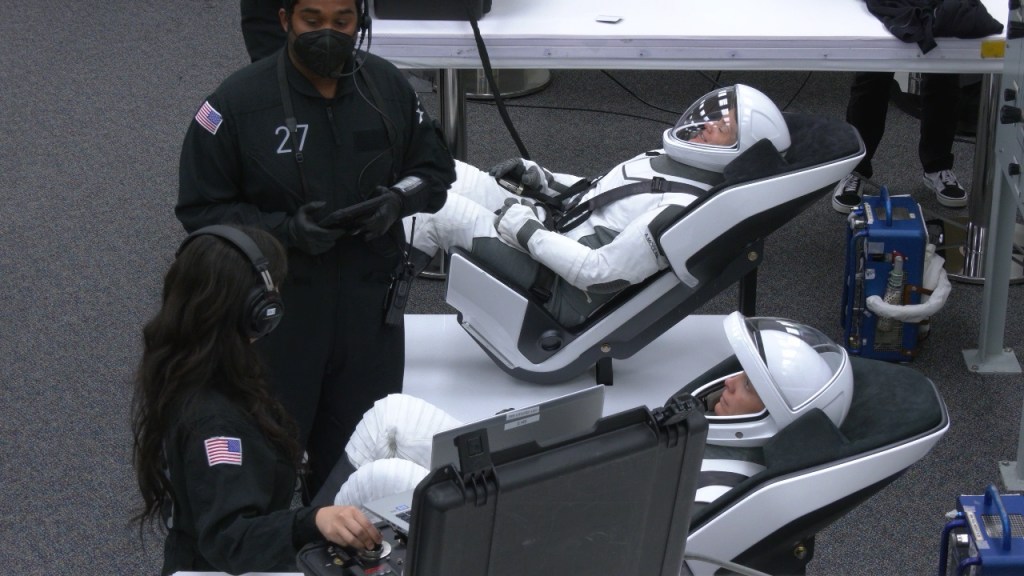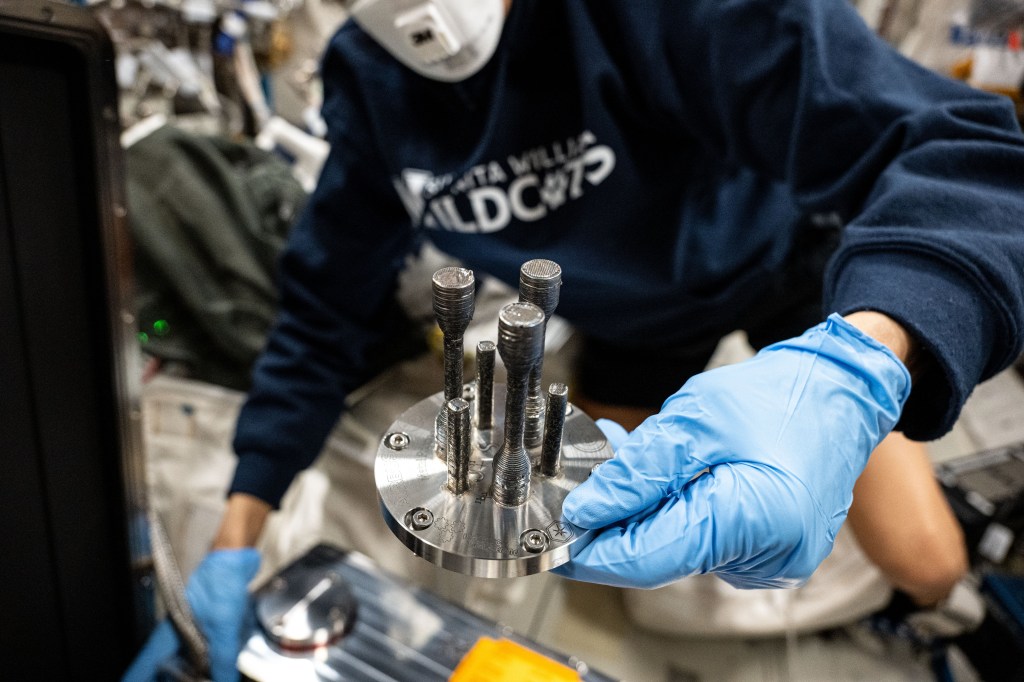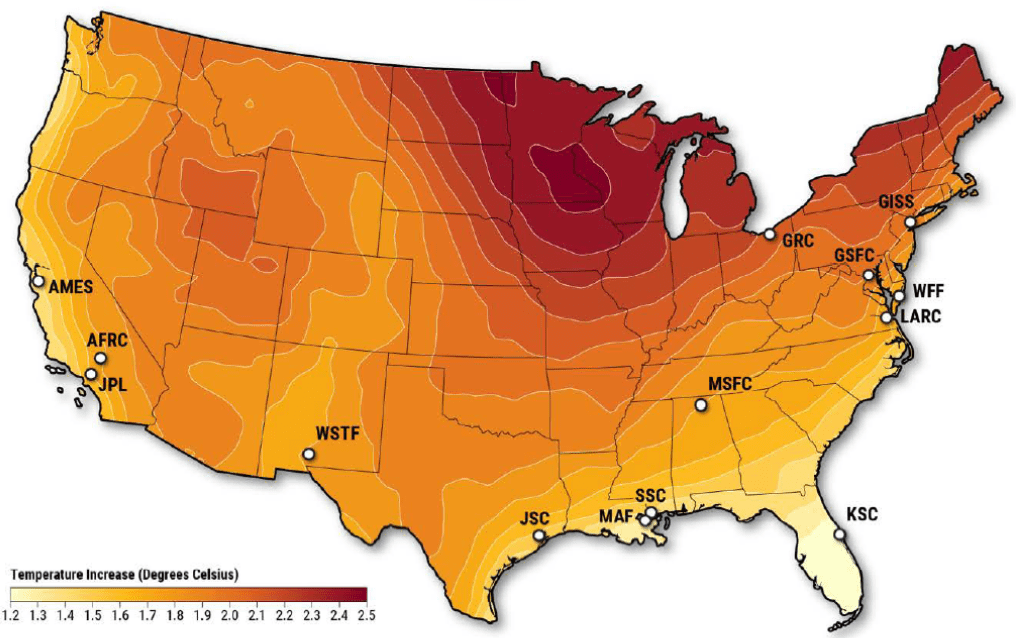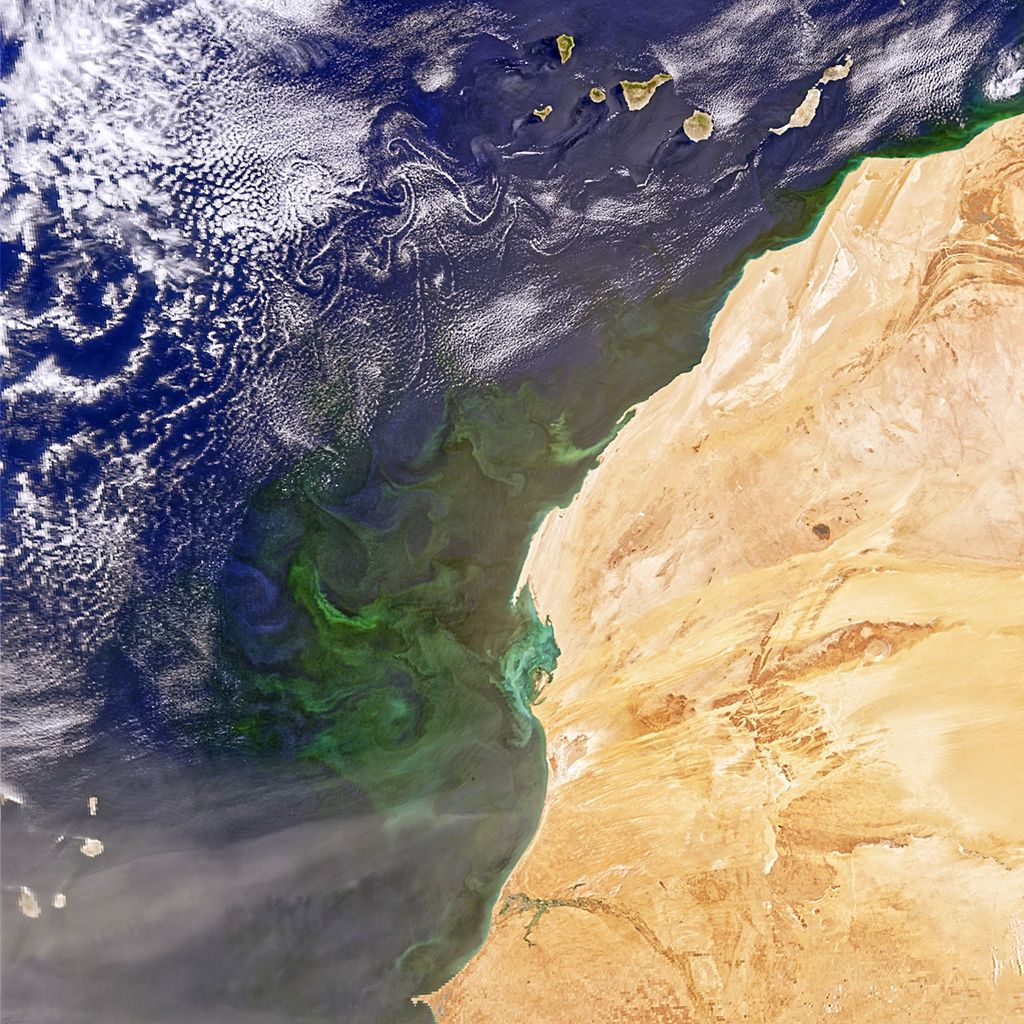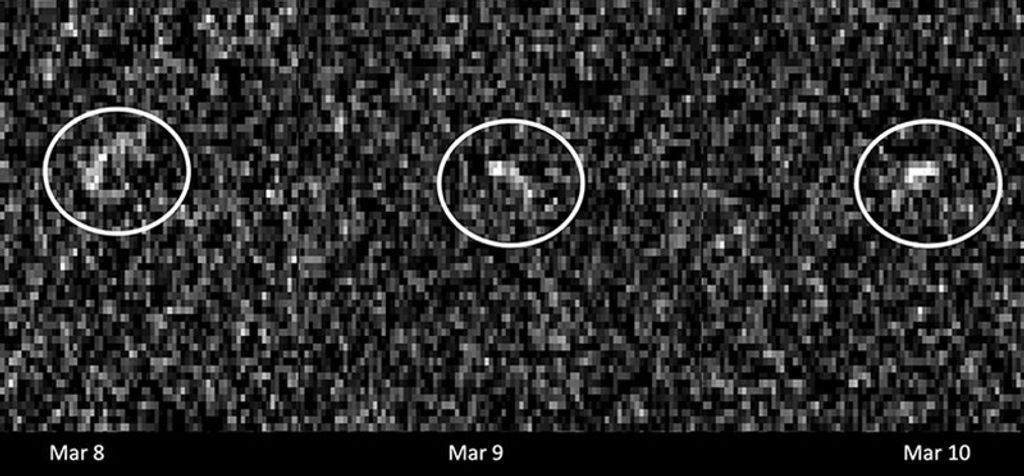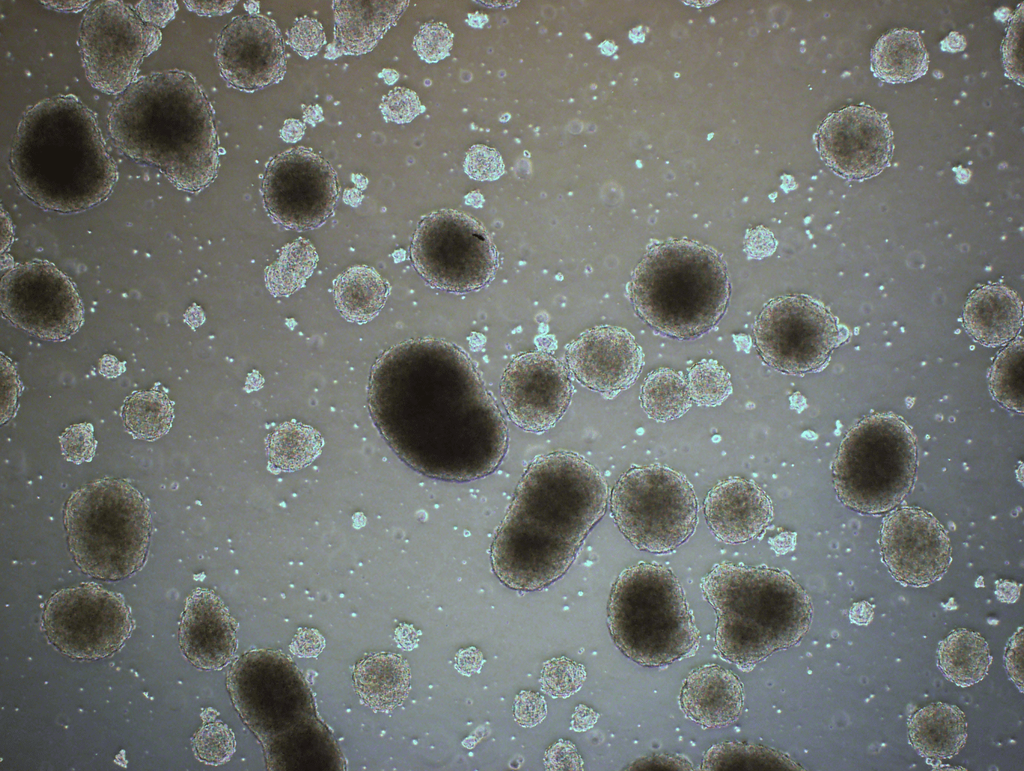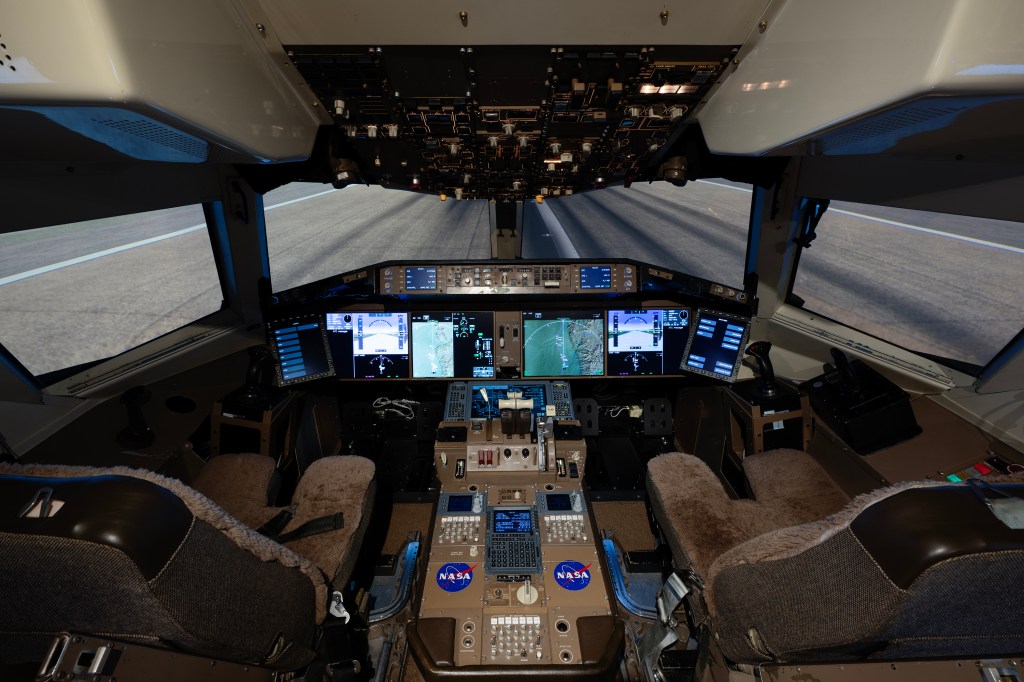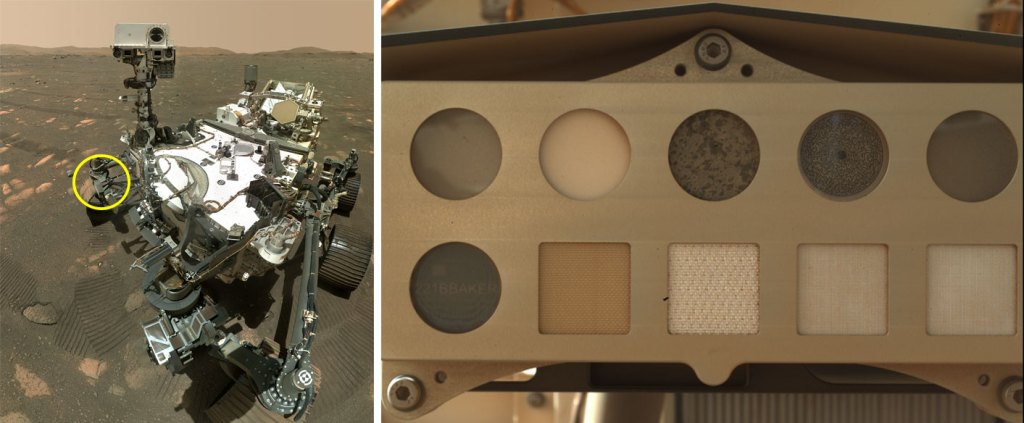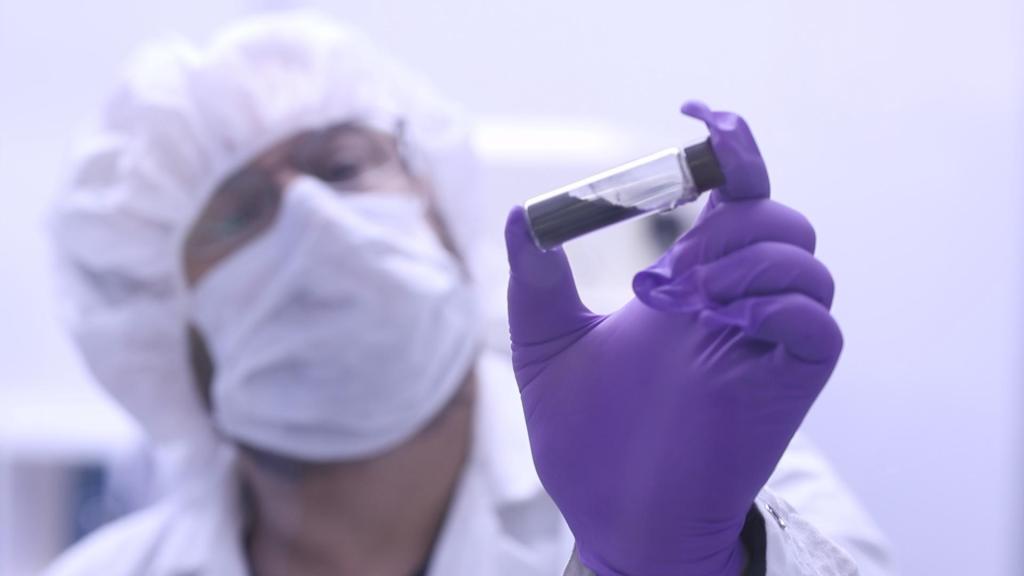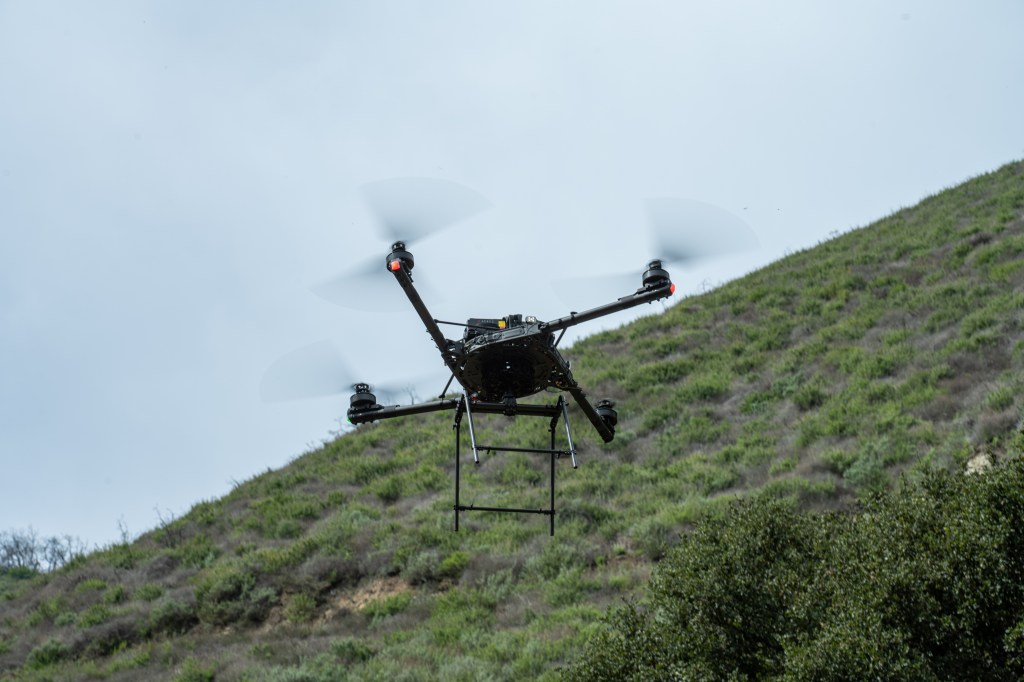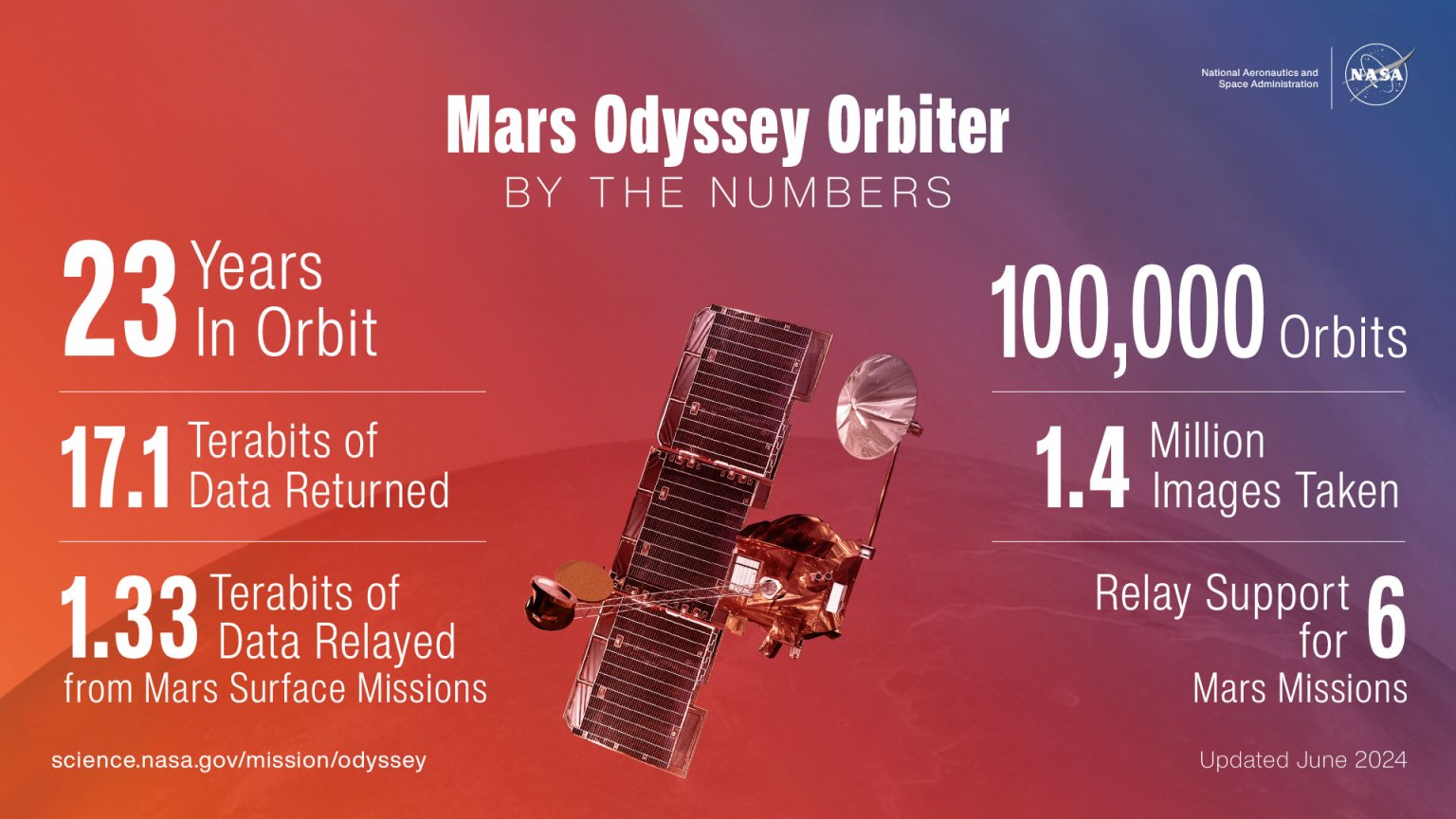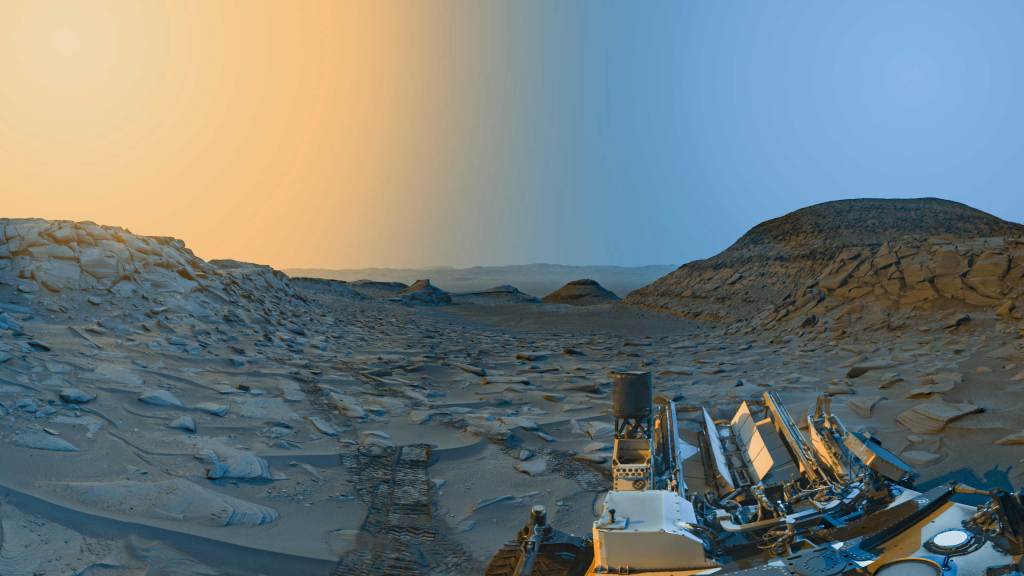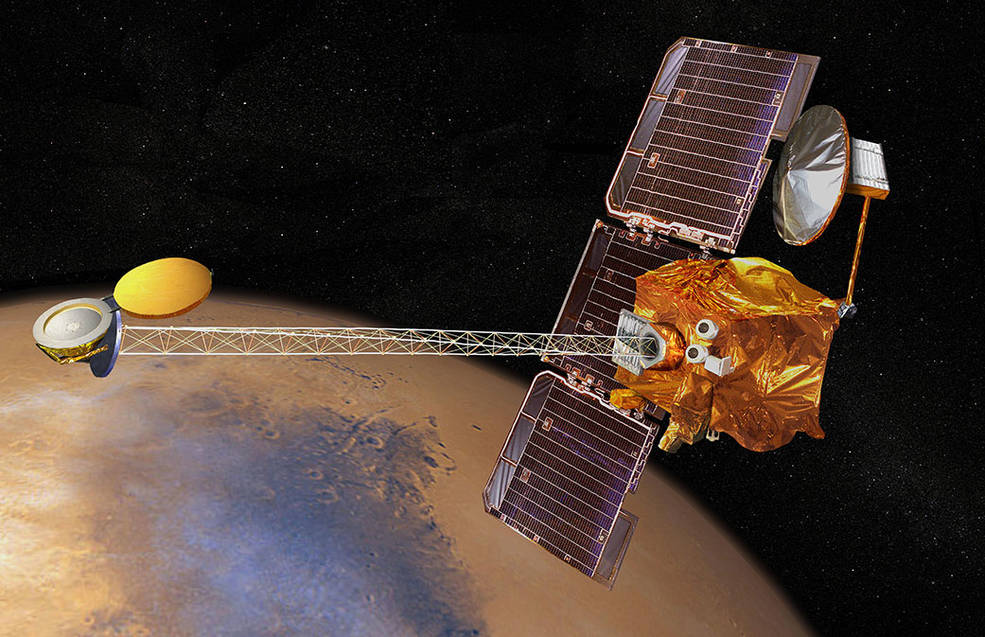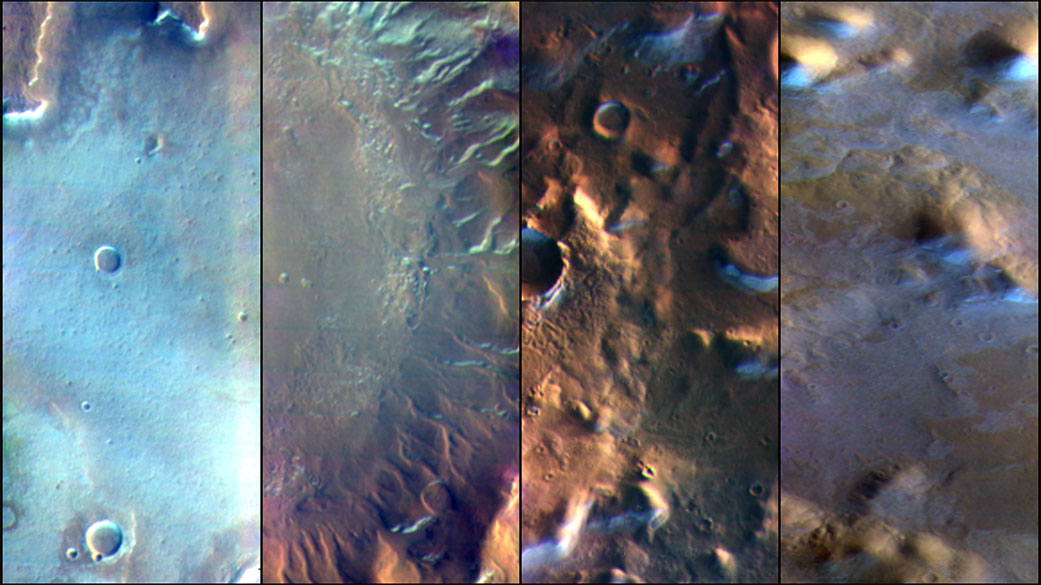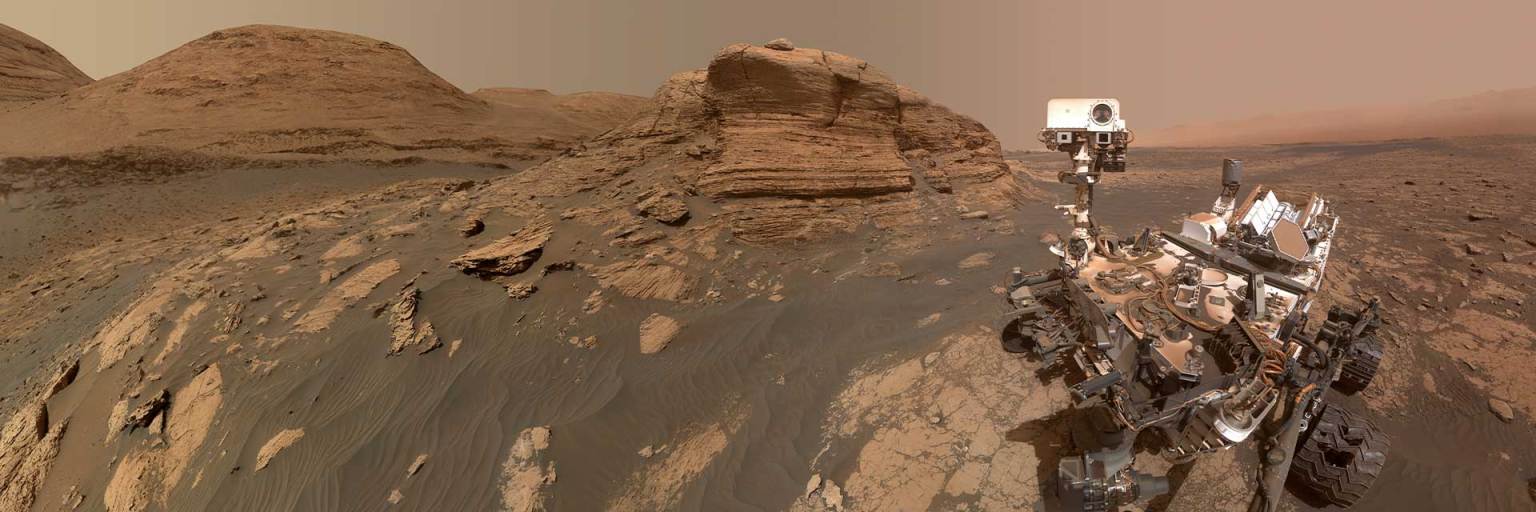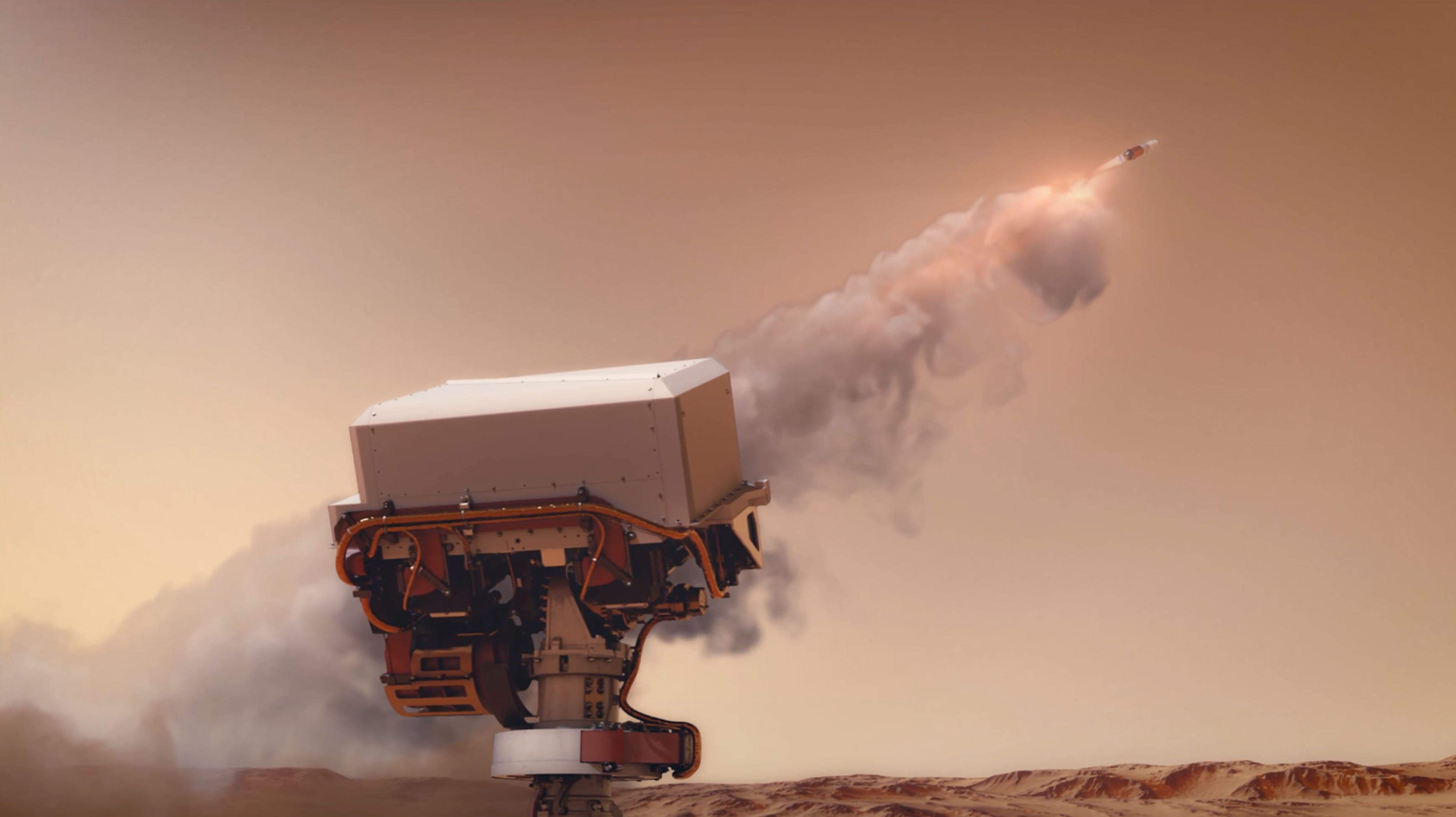Mars Odyssey
NASA’s 2001 Mars Odyssey mission created the first global map of chemical elements and minerals that make up the Martian surface.
Active Mission
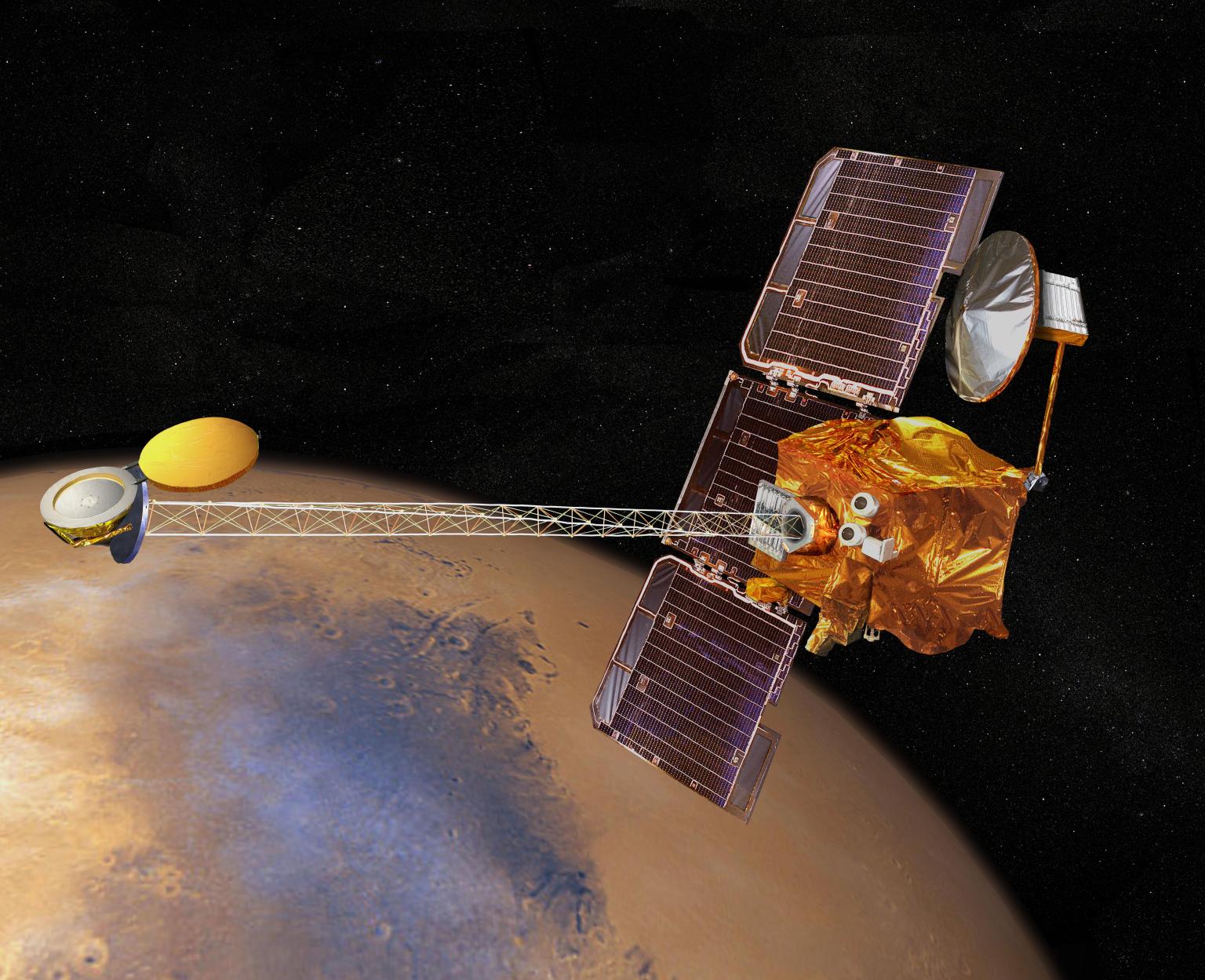
Meet the Mars Odyssey Orbiter
Key Facts
| Launch | April 7, 2001, 11:02 am EST |
| Launch Location | Cape Canaveral Air Force Station, Florida |
| Cruise | April-October 2001 |
| Mars Orbit Insertion | Oct. 24, 2001 |
| Rocket | Delta II 7925 |
| Mission Duration | 2001 - ongoing |
News Feature
Odyssey Captures Huge Volcano, Nears 100,000 Orbits
The 23-year-old orbiter is taking images that offer horizon-wide views of the Red Planet similar to what astronauts aboard the International Space Station see over Earth.
Read Story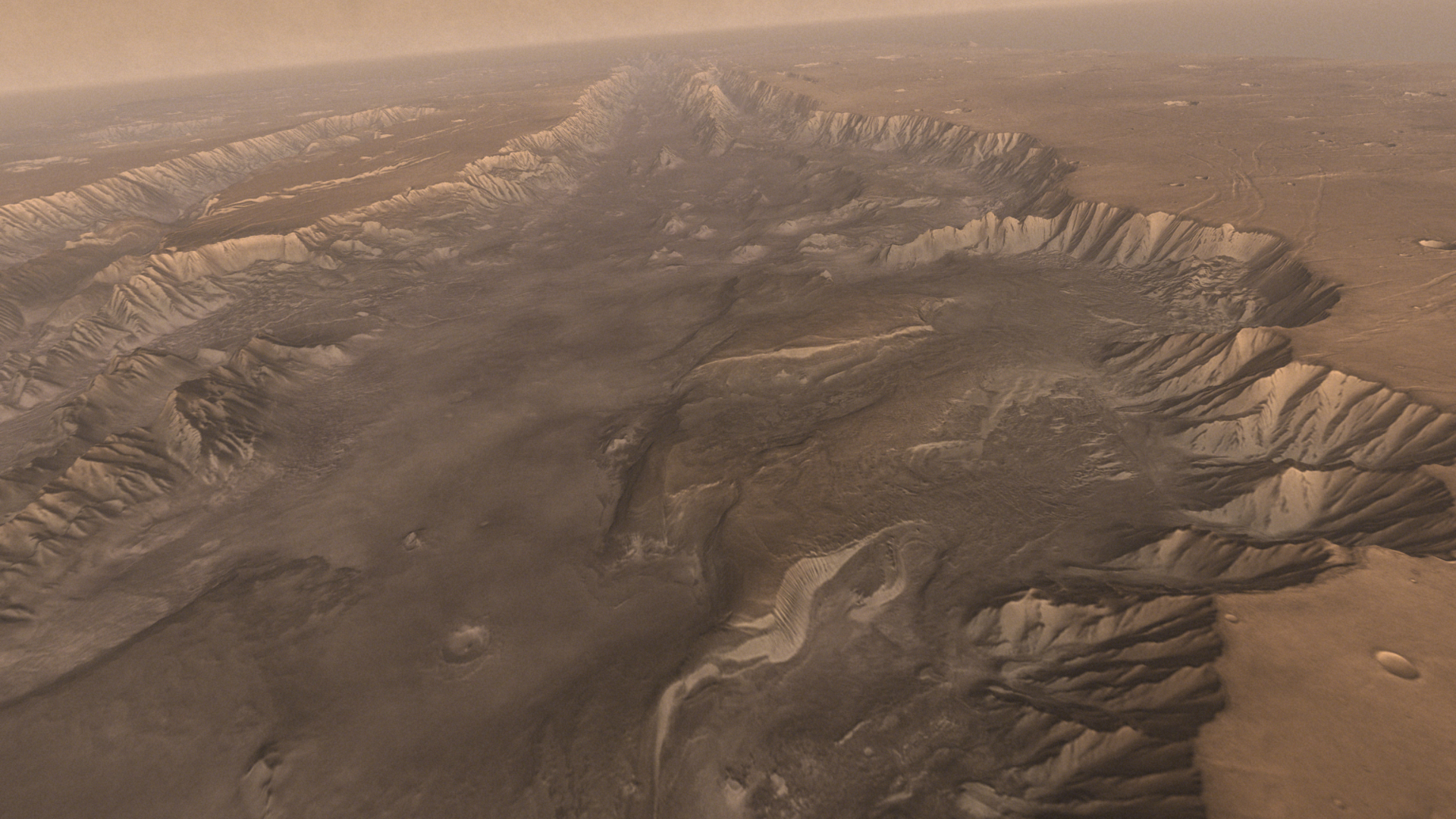
A view of the biggest canyon in the solar system, captured by NASA's Mars Odyssey orbiter. This canyon system on Mars, named Valles Marineris, stretches as far as the distance from California to New York. Steep walls nearly as high as Mount Everest give way to numerous side canyons, possibly carved by water. In places, walls have shed massive landslides spilling far out onto the canyon floor.
NASA/JPL-Caltech
Tech Specs
| Dimensions | 7.2 feet (2.2 meters) long 5.6 feet (1.7 meters) tall 8.5 feet (2.6 meters) wide |
| Total Weight | 1,598.4 pounds (725.0 kilograms) |
| Command and Data Handling Subsystem | The heart of this subsystem is a RAD6000 computer, a radiation-hardened version of the PowerPC chip used on most models of Macintosh computers. With 128 megabytes of random access memory (RAM) and three megabytes of non-volatile memory, which allows the system to maintain data even without power, the subsystem runs Odyssey's flight software and controls the spacecraft through interface electronics. The entire command and data handling subsystem weighs 24.5 pounds (11.1 kilograms). |
| Power | Electrical power subsystem weighs 189.6 pounds (86.0 kilograms). |
| Propulsion | Uses hydrazine propellant with nitrogen tetroxide as an oxidizer, produces a minimum thrust of 144 pounds of force (65.3 kilograms) of force. Each of the four thrusters used for attitude control produces a thrust of 0.2 pound of force (0.1 kilogram) of force. Four 5.0-pound-force (2.3-kilogram-force) thrusters are used for turning the spacecraft. The entire propulsion subsystem weighs 109.6 pounds (49.7 kilograms). |
| Communications | Odyssey's telecommunications subsystem is composed of both a radio system operating in the X-band microwave frequency range and a system that operates in the ultra high frequency (UHF) range. The X-band system is used for communications between Earth and the orbiter, while the UHF system is used for communications between Odyssey and any landers present on the Martian surface at any given time. The telecommunication subsystem weighs 52.7 pounds (23.9 kilograms). |
The Interplanetary Internet
The Mars Odyssey orbiter's telecommunications systems provide a crucial service for Martian spacecraft, serving as the first link in a communications bridge back to Earth – an "interplanetary Internet" that can be used by numerous international spacecraft in coming years.
Learn More About the Mars Relay Network about The Interplanetary Internet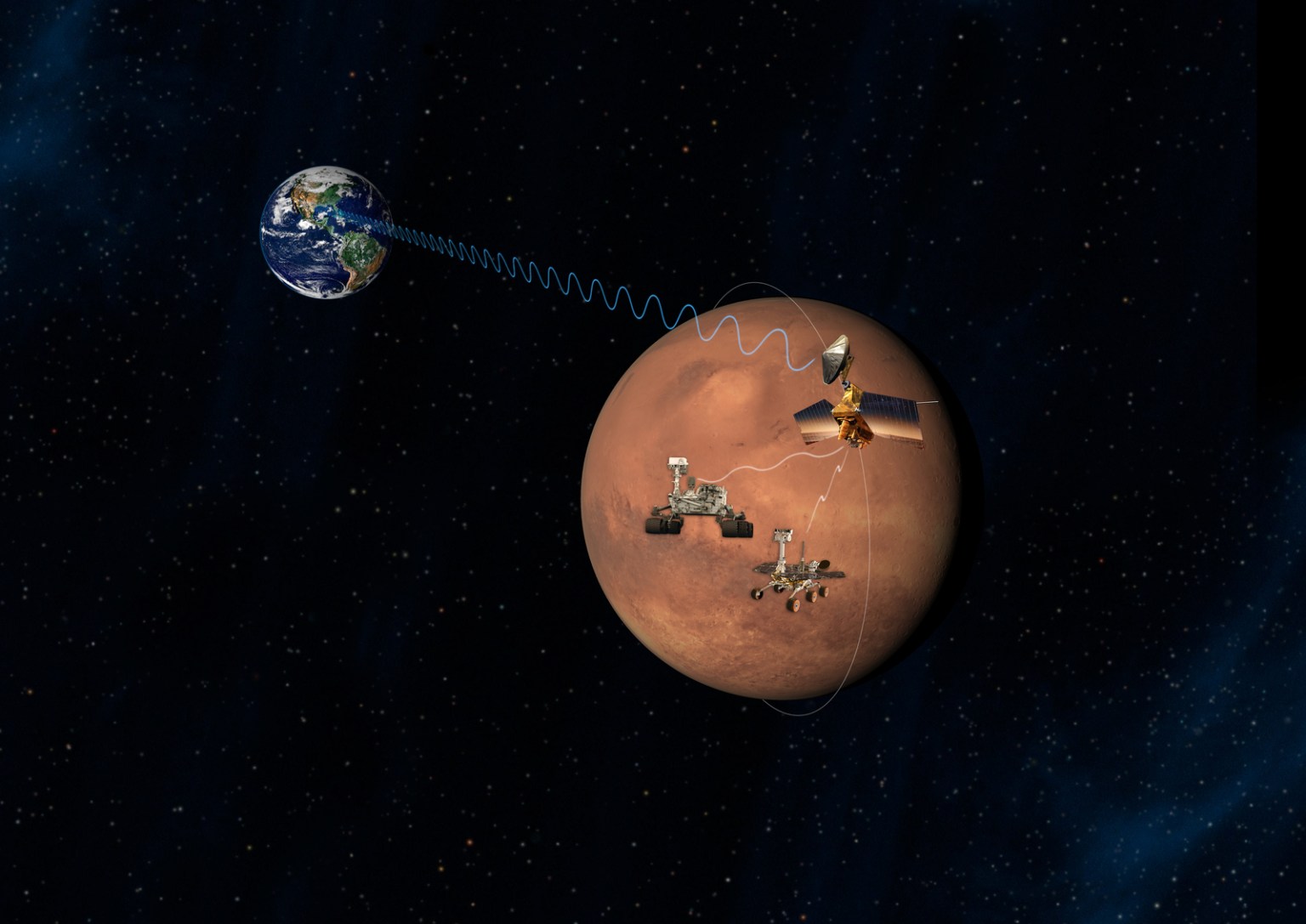
Artist's concept of communications relay supporting other Mars missions.
NASA/JPL-Caltech
Science
2001 Mars Odyssey has contributed numerous science results supporting the Mars Exploration Program’s overall strategy – “Follow the Water.”
Learn More About Mars Odyssey Science about Science